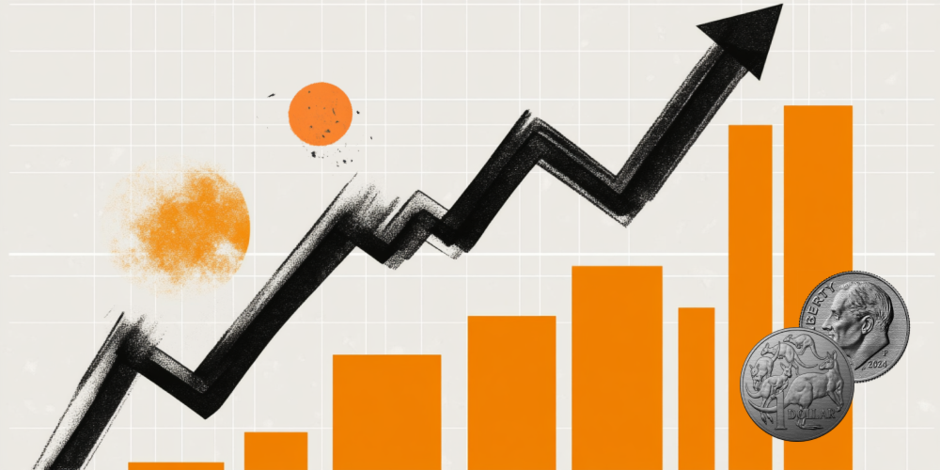AUD/USD Price Forecast: Door open to a move below the 0.6200 mark
- AUD/USD extends the negative start to the week and approaches 0.6200.
- The US Dollar rebounds markedly on another Trump’s tariff story.
- Business Confidence in Australia improved marginally in December.

Tuesday delivered a surprising shake-up in currency markets as the US Dollar (USD) regained strong upside traction across the board, with the Dollar Index (DXY) reaching two-day highs near the key 108.00 barrier.
But while the Greenback regained balance, the Australian Dollar (AUD) remained well on the defensive and found itself back in the low-0.6200s, or multi-day lows.
Furthermore, China’s gloomy business data over the weekend added pressure to the Aussie, which extended further its rejection from yearly peaks north of the 0.6300 hurdles recorded on Friday.
The Aussie’s comeback story: Interrupted
Last week, the Australian Dollar managed an impressive rally, climbing above 0.6300 for the first time this year. This recovery came after months of USD dominance driven by the so-called “Trump trade” narrative, which saw the Greenback soar on policy optimism.
But the AUD’s rebound may have been more about the USD cooling off than Australia’s economic strength. Behind the scenes, speculation is building over the Reserve Bank of Australia (RBA)’s next move. With markets pricing in an 80% chance of a rate cut in February, the upcoming release of inflation data should prove to be crucial in determining the next move by the central bank.
The China factor: A big headwind
Australia’s economy is deeply intertwined with China, its largest trading partner. And right now, China’s recovery isn’t inspiring confidence. January’s business activity data was disappointing, with the NBS Manufacturing PMI slipping to 49.1 (below the critical 50 threshold that separates expansion from contraction) and Non-Manufacturing PMI barely holding steady at 50.2.
These weak numbers spell trouble for the AUD, as softer Chinese demand for Australian exports like iron ore and coal could weigh on the currency. While stable iron ore prices are providing a slight cushion, subdued copper markets and broader commodity pressures aren’t doing the Aussie any favours.
Silver linings: Jobs and inflation
Amid the challenges, there are some glimmers of hope. Australia’s December jobs report was surprisingly strong, with more than 56K new jobs added. However, the unemployment rate ticked up slightly to 4.0% from 3.9%.
Inflation, meanwhile, seems to be softening. January’s consumer inflation expectations fell to 4.0% from December’s 4.2%, hinting that price pressures may be easing, according to the Melbourne Institute.
The RBA: Playing the long game
In its December meeting, the RBA kept rates steady at 4.35%, opting for a cautious, data-driven approach. Governor Michele Bullock has made it clear that the bank’s next steps will depend on how the economy evolves. With mixed signals coming from both the domestic and global fronts, the RBA’s February meeting will be pivotal.
What lies ahead for AUD/USD?
The road ahead for the Aussie remains bumpy. The US Dollar is still expected to outperform most of its peers this year, and uncertainties around China’s recovery and Australia’s domestic economy linger. However, any hint of a dovish pivot from the Fed could weaken the USD, giving the Aussie a much-needed boost.
Technical outlook: A mixed picture
The technical setup for AUD/USD is sending mixed signals. On the downside, key support lies at the 2025 low of 0.6130—a breach here could open the door to the psychological 0.6000 level. On the upside, resistance is marked by the year-to-date peak at 0.6330, followed by the weekly high of 0.6549.
Momentum indicators paint an uncertain picture. The RSI reverses course and drops to nearly 47, suggesting increasing bearish momentum, while the ADX at around 22 signals a weakening trend overall.
AUD/USD daily chart
What’s on the calendar?
This week is relatively quiet for Australia’s economic data, but key releases could still sway the market. Here’s what to watch:
- Quarterly Inflation Rate and the RBA Monthly CPI Indicator (January 29).
- Export and Import Prices (January 30).
- Producer Prices, Housing Credit, and Private Sector Credit (January 31).
Traders will be keeping a close eye on these numbers as they look for clues about the RBA’s next move—and the Aussie’s next steps.
The AUD/USD story is far from over, with plenty of twists and turns ahead. For now, the AUD’s fortunes remain inextricably tied to global risks, China’s recovery, and the RBA’s policy direction.
Premium
You have reached your limit of 3 free articles for this month.
Start your subscription and get access to all our original articles.
Author

Pablo Piovano
FXStreet
Born and bred in Argentina, Pablo has been carrying on with his passion for FX markets and trading since his first college years.


















